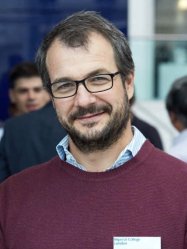BibTex format
@article{Purnomo:2021:10.1016/j.proci.2020.08.052,
author = {Purnomo, DMJ and Bonner, M and Moafi, S and Rein, G},
doi = {10.1016/j.proci.2020.08.052},
journal = {Proceedings of the Combustion Institute},
pages = {5119--5127},
title = {Using cellular automata to simulate field-scale flaming and smouldering wildfires in tropical peatlands},
url = {http://dx.doi.org/10.1016/j.proci.2020.08.052},
volume = {38},
year = {2021}
}

